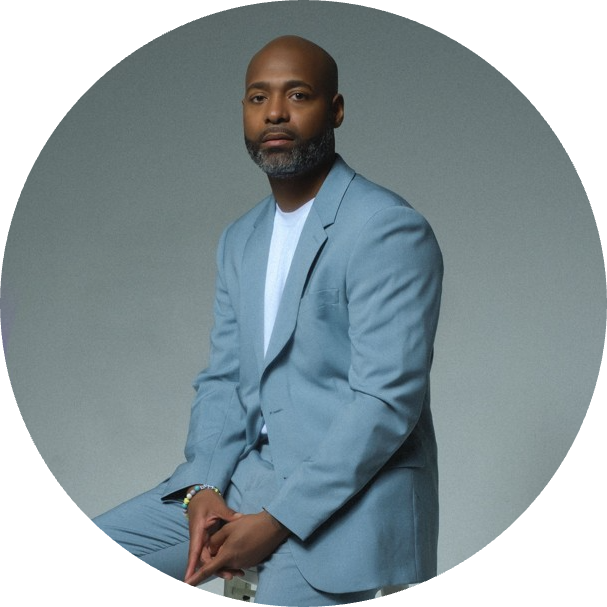Stigma still a problem: Are companies supporting working fathers enough?

When it comes to diversity, equity and inclusion, there is a significant push to foster a successful environment for marginalized communities in the workplace. But one group that is still often overlooked is working fathers.
New dads are often expected to prioritize work-life, leaving the bulk of child care to new mothers. However, for the dads who are either single parents or are taking on a greater lift, they need the support from employers. That support can come in a number of ways, spanning paternity leave to employee resource groups that connect dads with one another. But is that enough? Do working fathers really feel like their employers set them up for success in balancing child care and work life?
As many as 20% of companies in the U.S. deny paternity leave to fathers, compared to only 7% of those who deny maternity leave to working mothers. The median duration of leave for fathers in the U.S. is roughly one week — a stark contrast from the 11-week median for mothers.
“When we think of maternity leave, it was strictly from a medical perspective for a long time,” said Sadie Funk, director of The Best Place for Working Parents, a community of family-friendly business leaders. “It was from the perspective of what a woman needs to heal to return to work, not what a parent needs to have a great foundation as they welcome a new child.”
Funk says that while there have been evolving benefits for women and mothers, there is still a stigma around supporting fathers who are looking for the same care. “Fathers haven’t gotten that time,” she said. “Prioritizing paternity leave within workplaces doesn’t just help dad, but mom too. It can provide support back to mom and dad is able to help with child care needs.”
That’s why Funk encourages business leaders to really think through policies and survey employees to see what they really want. A report by McKinsey showed that paternity leave can increase employee engagement and retention.
Implementing policies that are as inclusive for fathers as they are to mothers is only half of the work. A study carried out by academics from business school Audencia, together with colleagues from the University of Plymouth and Excelia Business School, found that male supervisors who themselves benefited from flexible working arrangements don’t encourage new fathers to take advantage of it too.
Dads not supporting other dads
The research drew on 28 interviews with fathers working in French companies who had requested access to flexible work arrangements, and reported on the reaction of their supervisors. These supervisors were all fathers themselves who had previously benefited from similar flexible arrangements, but unexpectedly, they did not seem to want to grant the same access to other fathers.
“It sounds so counterintuitive,” said Sophie Hennekam, a professor at Audencia. “If you have enjoyed some form of flexibility in order to balance work and home, you would want others to enjoy that too. But this wasn’t the case. They said they don’t recommend it. When I asked why, they said ‘well, we’ve got a business to run.’”
Hennekam found that while most companies offer benefits for working fathers, they don’t like to promote them. In turn, that doesn’t leave the father comfortable actually taking advantage of the work benefit. Or, if he does, he faces potential stigma around it.
“If you’re the only one, then the question is why?,” said Hennekam. “There are societal gender role expectations that are still holding men back. To make things worse, within an organization you can feel that it’s there. It’s like, ‘I want to do this, but I also need to provide for my family. If I do take time off, maybe that stalls my career and I no longer get any promotional opportunities.’ There is a psychological challenge where you are making choices where you always lose.”
So what’s the solution to that? Hennekam says mentors and role models speak up so that it becomes more visible and normalized for fathers to take advantage of workplace benefits around parenthood as much as women.
Breaking longstanding stigma
That’s exactly what Kevin Barnett is doing through his Houston-based company CoolxDad, which is working to eradicate negative stigmas surrounding fathers of color through mentorship and action. He’s hosting a panel for dads at Microsoft’s offices this week where he will provide space for people to share how they balance being a successful worker and father.
“It’s having an intentional space for fathers,” said Barnett. “It’s taking deeper dives into companies and communities and finding out how to create a more equitable environment for fathers.”
One thing they discussed was how most establishments and companies don’t have changing stations in men’s bathrooms, leaving them to either find the family restroom or even go back to the car to change their child. As a part of a city-wide initiative, CoolxDad helped identify what community centers would benefit from having changing stations installed in men’s bathrooms.
Companies have toyed with babies-at-work programs where after family leave, new mothers or fathers can bring their infants to work until they are six months old or begin to crawl. While more attractive pre-Covid when flexible work wasn’t as much of an option, it still gained traction. Similar to workplace design that considers mothers, like lactation rooms, for this to really be inclusive, the workplace needs to ensure that there are changing stations in men’s restrooms too.
“As a father of two, I’m always having to make the decision if there is no family restroom or am I going in the female restroom because I don’t want to change my kids on a nasty sink or stick them inside the stall and change them on the floor,” said Barnett. “A lot of the assumptions are that men are not even taking part in those responsibilities. That’s where we are trying to educate.”
The restroom is just one example. Barnett hosts many panels, similar to the Microsoft one, where people can talk about fatherhood in the workplace.
“The reason why you want to keep these conversations alive is because you want to understand from the perspective of the father on how a company can be more proactive in supporting the needs of a father,” said Barnett. “It’s always the assumption that the dad does not want or have time to take part in child care. That’s not it. In surveying fathers, the results are shocking. You see that dads say they wish they had more paternity leave or that they want to bring their kids to work but it’s not conducive to them being able to tend to their child.”
Having these conversations, companies can better assess internally if they are truly fostering a diverse and equitable work environment that suits both moms and dads.
“There’s still a long way to go,” said Barnett. “We still have a lot of old policies and perspectives to really fight over. There are old philosophies still being followed. Men don’t feel comfortable enough to speak out on what they truly feel because of the stigma that comes along with that.”
He gives the example that a man might joke to another man something like “you’re acting like you don’t wear the pants in the house” or “isn’t that the mother’s job?” That’s why providing the space for conversation is so important so that people feel safe to talk about these things and it becomes less taboo. “We still need to work to make it an equal playing ground,” said Barnett.

